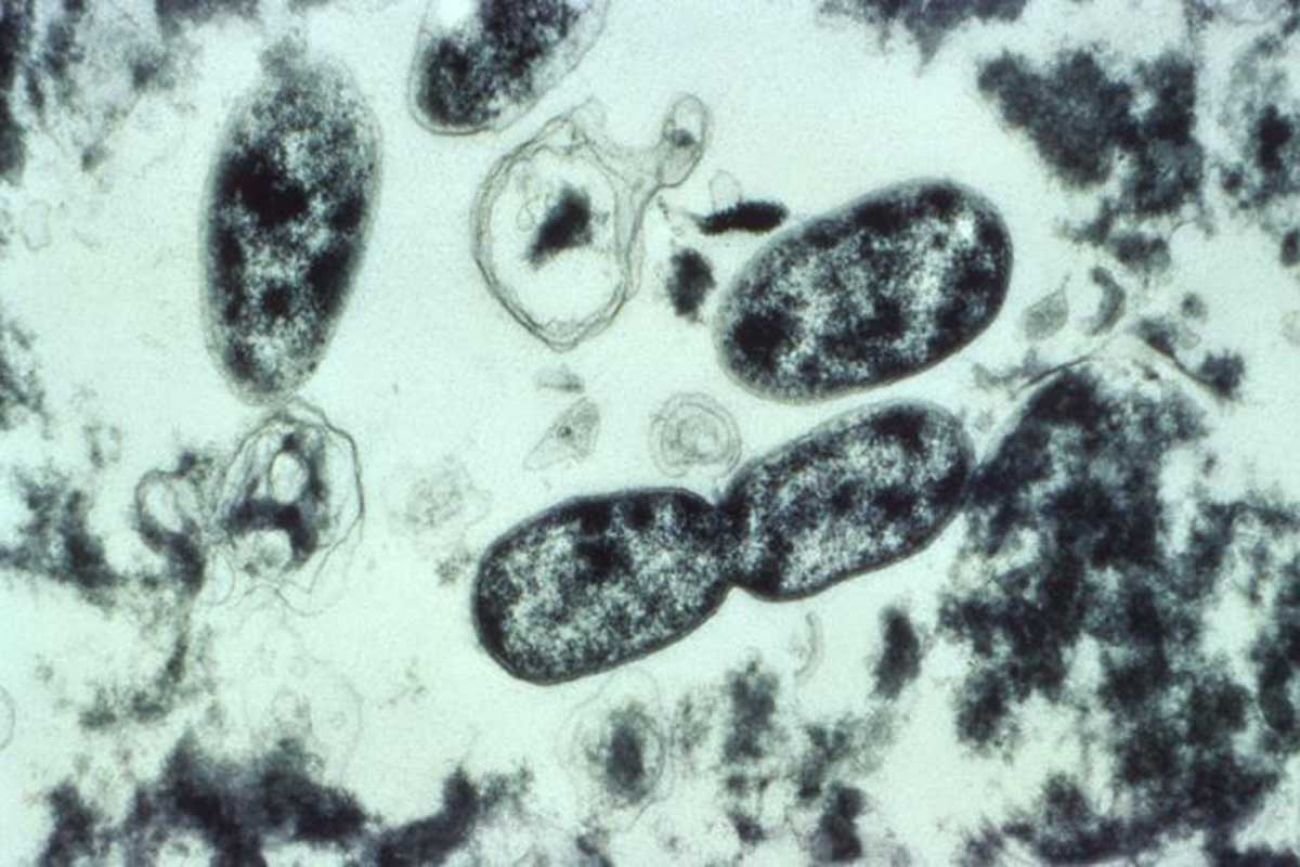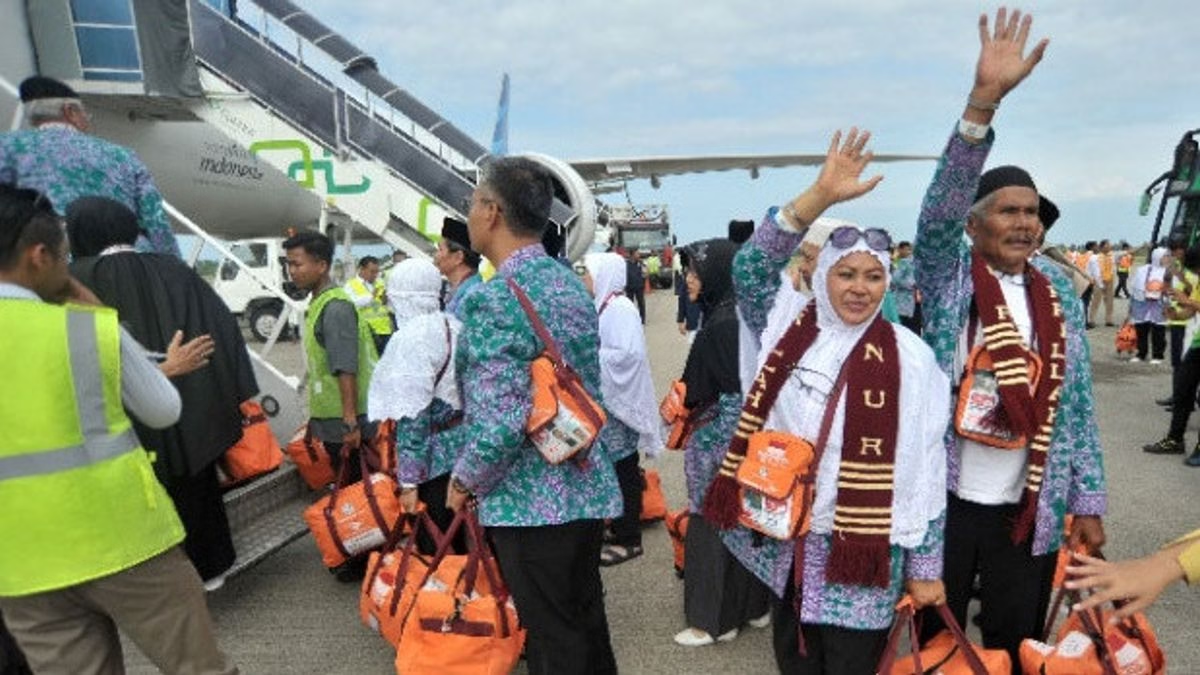Certainly, here’s a rewritten version of the article:
Legionnaires’ Disease Outbreak Claims 16 Lives in Poland, 140 Infected near Ukrainian Border
Health authorities in Poland have reported a rise in the death toll from Legionnaires’ disease, with 16 fatalities and 140 additional people infected in the southeastern region near the Ukrainian border.
The affected region, Rzeszow, situated approximately 80 kilometers (50 miles) from the border, plays a crucial role as an international military support transit hub for Ukraine following Russia’s full-scale invasion last year. Around 10,000 U.S. troops are stationed in this area.
Most of the fatalities resulting from the disease occurred among elderly individuals who also had underlying health conditions such as cancer, according to authorities.
Laboratory tests have confirmed the presence of Legionnaires’ disease bacteria in the city’s water pipeline system. Authorities are still actively investigating the source of the infections, which have reached unprecedented numbers in the region. The Internal Security Agency is also examining any potential signs of malicious intent.
Experts suggest that the outbreak may have originated from seldom-used plumbing, where the bacteria could have proliferated during a recent heatwave when temperatures were elevated.
To combat the spread of the disease, chlorine has been applied to disinfect Rzeszow’s water system over the weekend.
Legionnaires’ disease is a respiratory infection transmitted through the inhalation of contaminated water droplets. Importantly, it is not spread through drinking water.
Typically, the disease is contracted in places like hotels, hospitals, or offices where the bacteria have infiltrated the water supply, often in air conditioning systems or in taps and showers that are infrequently used. Legionnaires’ bacteria tend to multiply at temperatures ranging from 20 to 50 degrees Celsius (68-122 degrees Fahrenheit), and the condition is treatable with antibiotics



